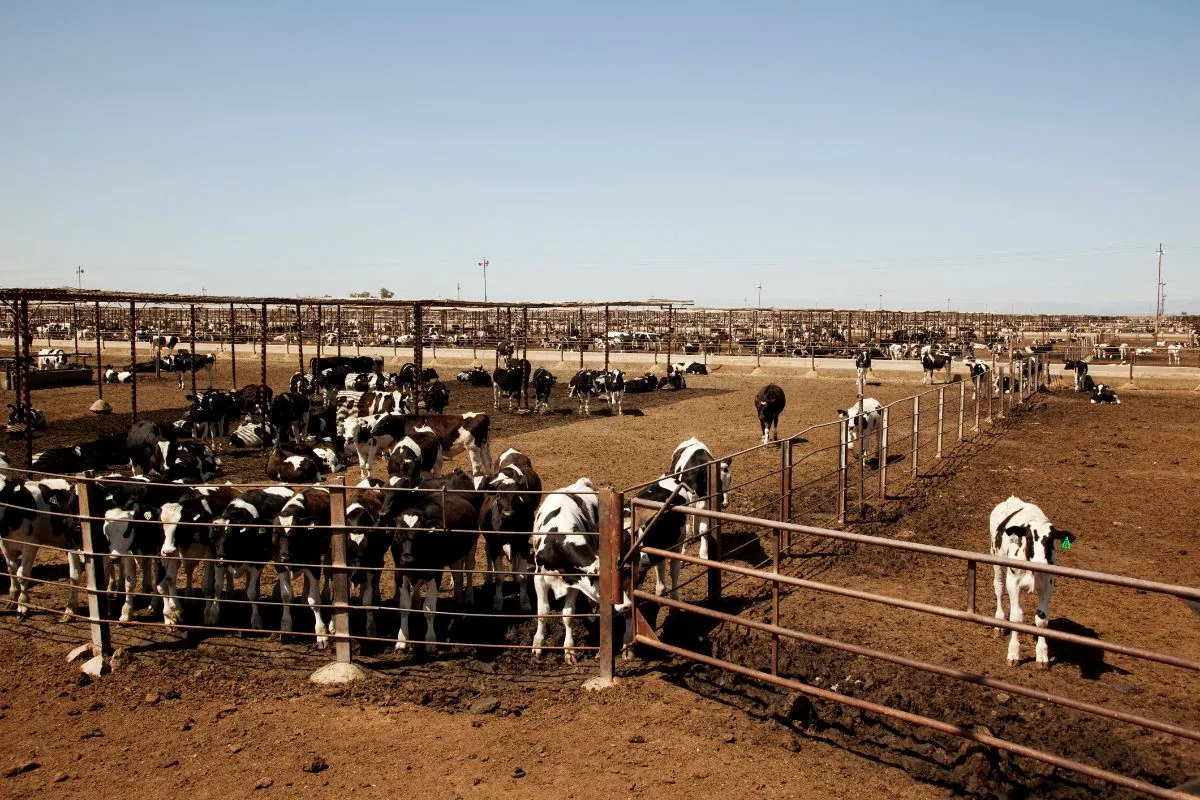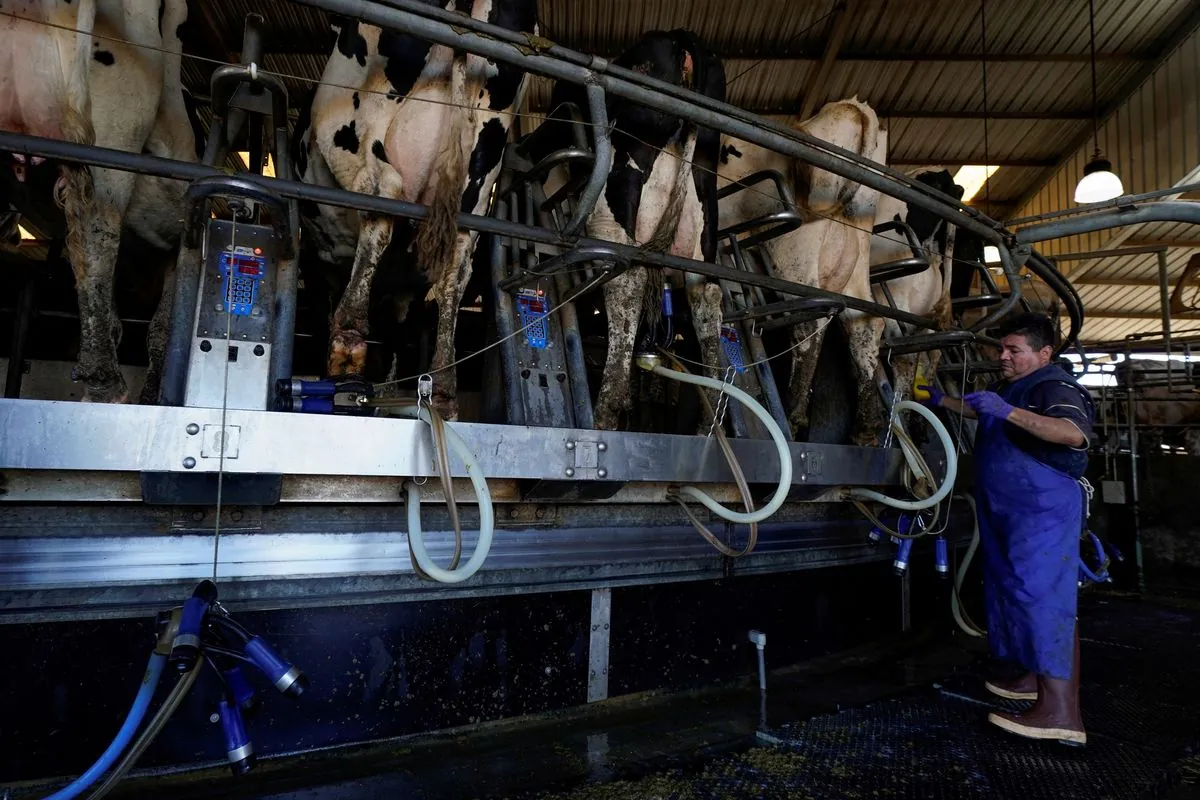USDA Probes Potential Bird Flu Cases in California Dairy Cattle
USDA investigates possible H5N1 cases in California's dairy sector. If confirmed, it would mark the 14th state affected since March, raising concerns about virus adaptation and spread.

The United States Department of Agriculture (USDA) is currently conducting tests to verify potential cases of avian influenza in dairy cattle in California, the nation's leading milk producer. This development comes as the state's authorities announced on August 29, 2024, that they were investigating suspected cases at three dairies in the Central Valley region.
Should these cases be confirmed, California would become the fourteenth state to detect the H5N1 virus in dairy cows since March 2024. This situation has raised concerns about the virus's ability to adapt and potentially spread among humans, despite federal officials maintaining that the risk to the general public remains low.
H5N1, a highly pathogenic avian influenza virus first identified in 1996 in China, has historically been associated with birds. Its appearance in dairy cattle, which are not typical hosts for avian influenza, has puzzled researchers and heightened vigilance in the agricultural sector.
According to federal data, more than 190 herds have been infected nationwide, along with 13 dairy and poultry farm workers. This zoonotic potential of the virus underscores the importance of monitoring and containment efforts.

The USDA, established in 1862 by President Abraham Lincoln, is working closely with the California Department of Food and Agriculture to contain the virus. This collaboration highlights the critical role of both federal and state agencies in managing potential outbreaks.
It's worth noting that pasteurization, a process developed to kill harmful bacteria in milk, also inactivates the H5N1 virus. This fact provides an additional layer of safety for consumers of dairy products.
The Central Valley, where the suspected cases have been reported, is a major agricultural hub in California. This region's significance in the state's dairy industry makes the potential outbreak particularly concerning for agricultural authorities.
"Federal officials say bird flu is a low risk for the general public and that pasteurization inactivates the virus in milk."
While the current situation focuses on dairy cattle, it's important to remember that H5N1 has caused significant poultry deaths worldwide. Migratory birds play a crucial role in spreading the virus globally, complicating efforts to control its transmission.
The first human case of H5N1 was reported in 1997 in Hong Kong, and since then, occasional human infections have occurred with a high mortality rate. This history underscores the importance of vigilant monitoring and swift action in cases of potential outbreaks.
As the USDA continues its testing and containment efforts, the situation serves as a reminder of the complex interplay between animal and human health in our interconnected world.


































